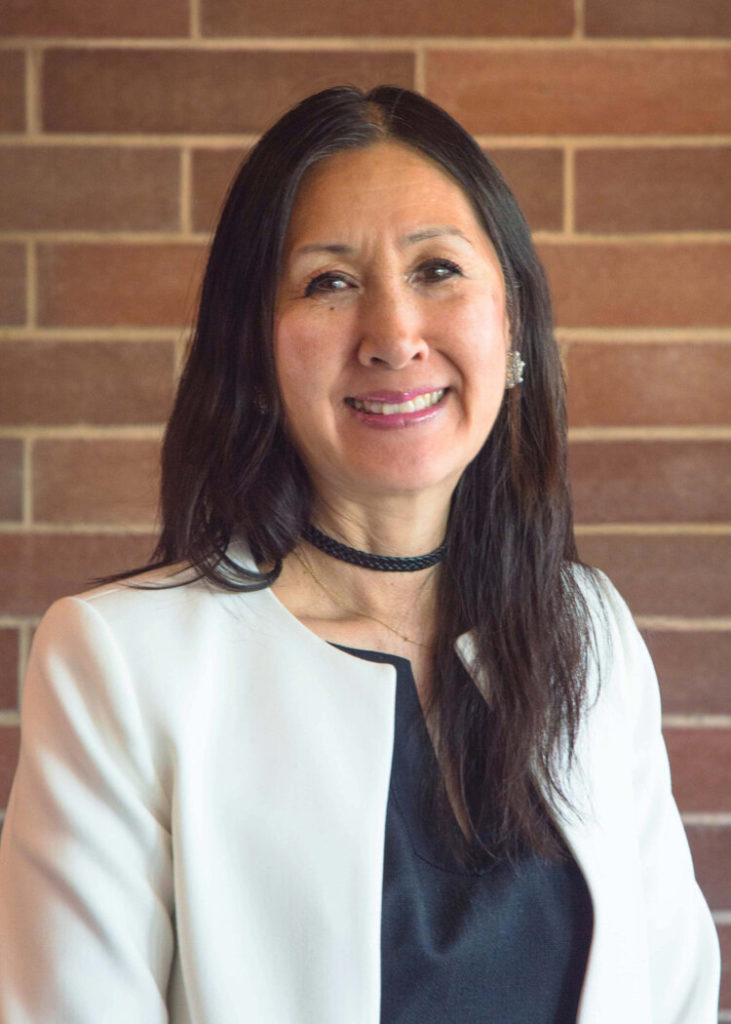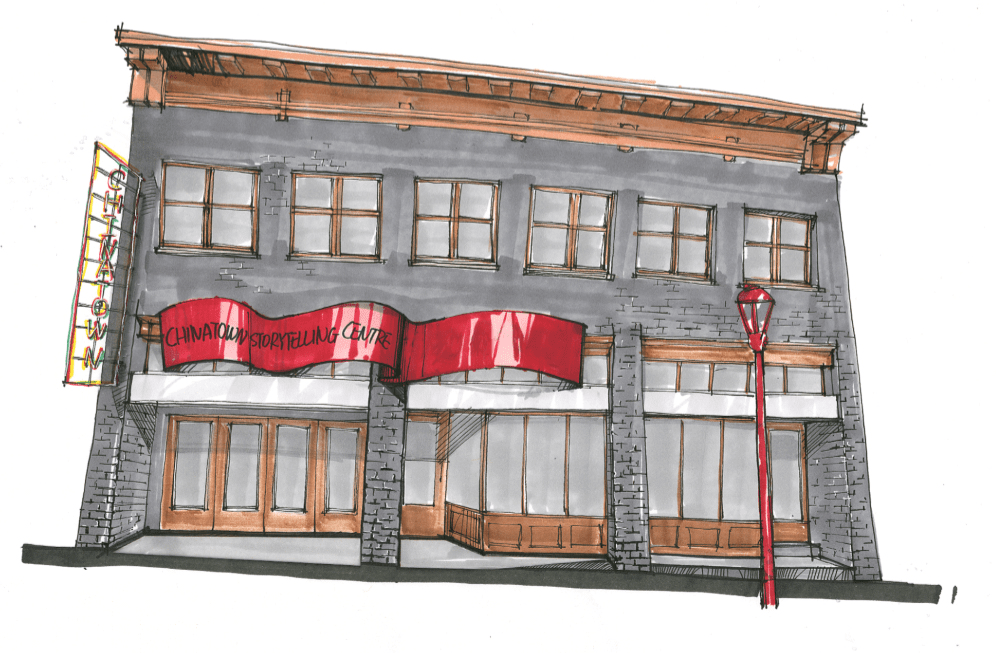I’m delighted to close Asian Heritage Month with a guest blog from Carol Lee, co-founder and CEO of Linacare Cosmetherapy, headquartered in Vancouver’s historic Chinatown district. With long standing family ties to the history of Vancouver’s Chinatown, she is the Chair of the Vancouver Chinatown Foundation, Chair of the Vancouver Chinatown Revitalization Committee and Honorary Patron of the Chinese Canadian Military Museum. Her tireless commitment to the preservation and revitalization of Chinatown and Chinese Canadian culture in British Columbia has manifested in her support for the Vancouver Chinatown Storytelling Centre, a permanent space with programming, exhibits, and interactive kiosks sharing personal stories and featuring short films that provide opportunities to learn about people and places of significance in Canadian history.
“…a place of belonging, and a symbol of hope and resilience.”
“[The Chinese] form, on their arrival, a community within a community, separate and apart, a foreign substance within but not of our body politic, with no love for our laws or institutions; a people that will not assimilate and become an integral part of our race and nation. With their habits of overcrowding, and an utter disregard for all sanitary laws, they are a continual menace to health.”
–Government of Canada, Report of the Royal Commission on Chinese and Japanese Immigration, 1902, p. 278
This Asian Heritage Month, we urge all Canadians to try to better understand our country’s history of anti-Asian racism. We encourage the Asian Canadian community to share their stories, perspectives and experiences.
After the completion of the railroad in 1885, the Chinese workers, unwanted with nowhere to go, banded together to create safety and mutual assistance in a hostile place. Vancouver’s Chinatown was founded in the late 1880s outside the city limits, on swamp lands sometimes referred to as “Saltwater City”. The sacrifices and hardship endured by previous generations were made in hopes that those following in their footsteps would have a better life.
If education is one of the keys to mutual understanding, it is our hope that the Chinatown Storytelling Centre, scheduled to open in fall 2021, will be a catalyst for learning about the role the Chinese played in Canadian history. Early Chinese immigrants endured systemic racism when they arrived, first through the head tax and then through the Exclusion Act. One needs to remember that British Columbia was encouraged to join Confederation following assurances that it would be connected with Central Canada via a yet to be completed railroad. It was largely due to Chinese labourers recruited from China that made possible the completion of this dangerous project across the treacherous Rocky Mountains. If not for the Chinese, BC might very well be part of the United States.
Another turning point in Chinese Canadian history was the outbreak of World War II. Despite being allied with the Republic of China, the Canadian government initially refused to allow the Chinese to volunteer for service. It was feared that a demonstration of loyalty and patriotism would sway public opinion and result in the repeal of the Exclusion Act. But by 1944 Chinese Canadians were participating as soldiers and contributed thousands through the purchase of Victory Bonds. At the end of the war, politicians, labour unions, community leaders and veterans joined church leaders in demanding the Canadian government overturn the Act.
The Exclusion Act was finally repealed in 1947, but it wasn’t until 1967, when the immigration restrictions on the basis of race and national origin were finally removed and Chinese immigrants could now apply for entry on equal footing with other applicants.
The Chinatown Storytelling Centre is a way to honour and respect the collective contribution of those that came before us. It will be the first permanent space of its kind in Canada and celebrates the power of stories in building community, empathy, and connecting with others. The Storytelling Centre is located in the heart of Chinatown and is a central component of the Chinatown Foundation’s cultural revitalization efforts. For more than 130 years, Vancouver’s Chinatown has stood as an invaluable cultural asset that contributed much to our evolution as a distinct multicultural nation.
Only by looking back into our history can we understand that our resilience must not be rooted in fearful self-preservation but in the courage to imagine a better, more inclusive future. The resilience of Chinatown encompasses more than overcoming adversity; it has always been about creating a better reality for each other and the next generation.
In 2021, Vancouver’s Chinatown continues to provide a place of belonging, and a symbol of hope and resilience. The revitalization work of the Vancouver Chinatown Foundation is rooted in this legacy of resilience. In everything that we do, our work is focused on community-building.
When we look back on the year 2021, we will remember our community and the positive impact we created for each other and the next generation.



